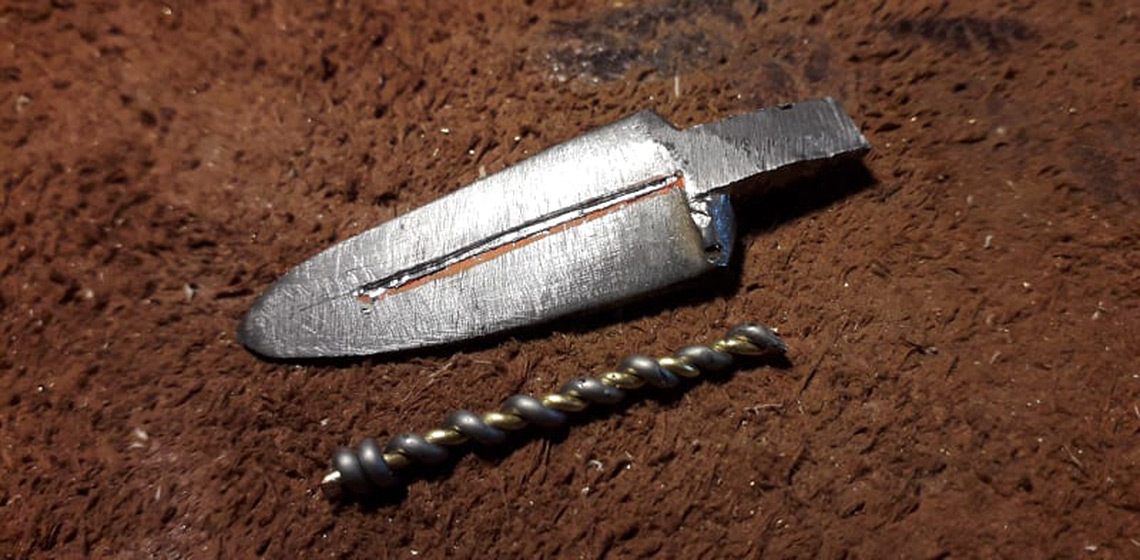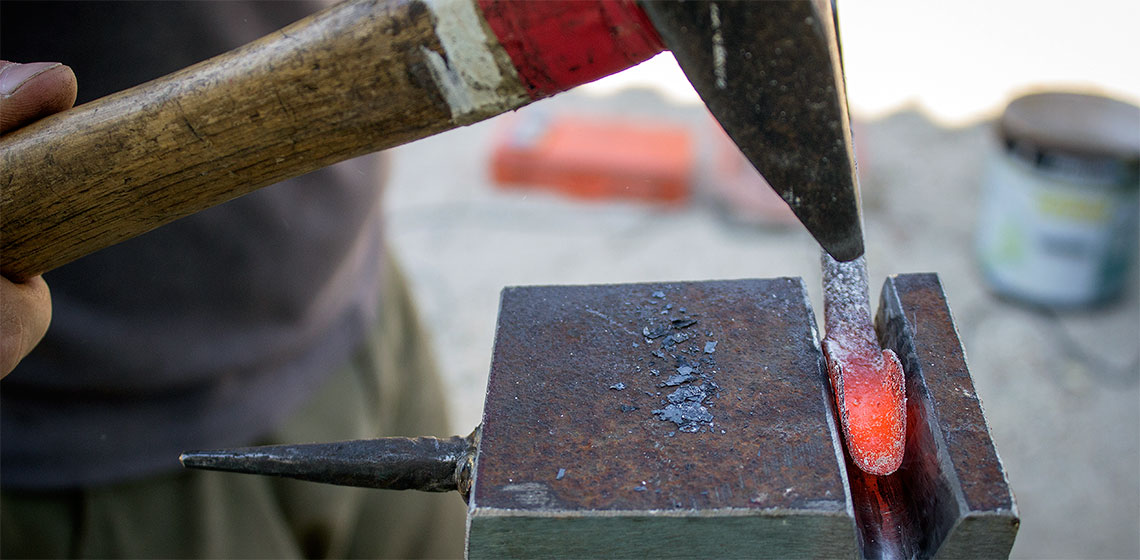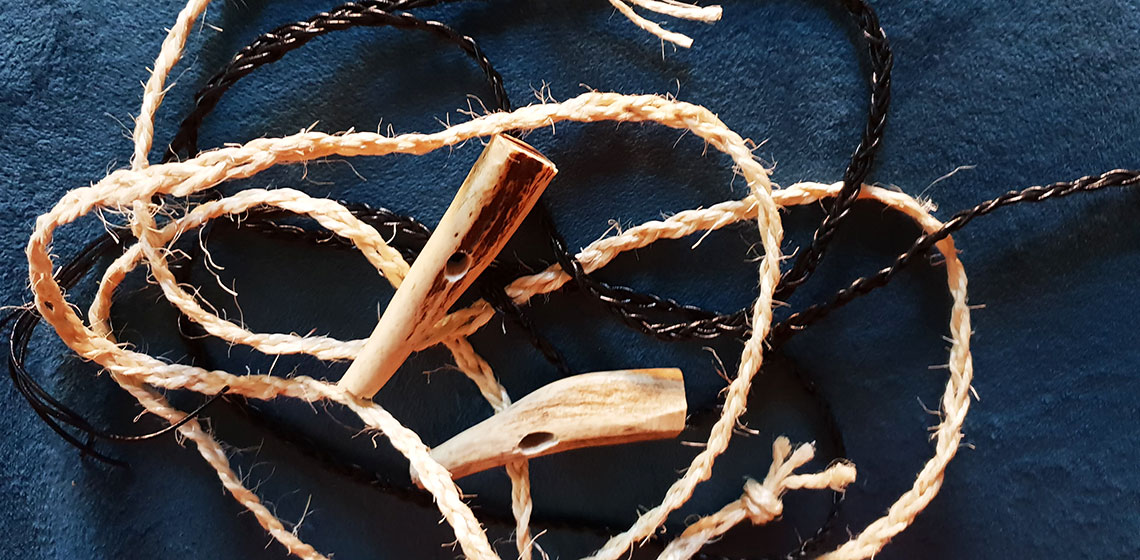Featured in the EXARC Journal
Ancient Technology
Experimental Analysis of Metal Points from Quattro Macine: Reproduction and Interpretation
Let’s Do the Tine Warp Again: Reconstructing a Late Bronze Age Bridle from Moynagh Lough, County Meath, Ireland
Under Starters Orders: An introduction to the experiment
Horses and equitation are often associated with Ireland; coins of the pre-Euro modern period displayed Irish hunters, and florid Victorian art imagined the heroes of the Táin (the early medieval Irish saga of gods, bulls and heroes) in chariots drawn by fiery steeds. That image has persisted despite archaeological evidence, or lack thereof. There is a considerable lack of understanding of the prehistoric use of the horse, and even the types of animals present.














